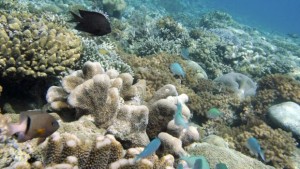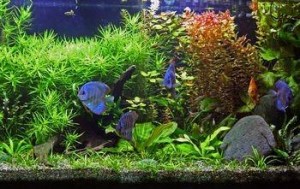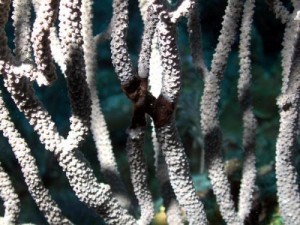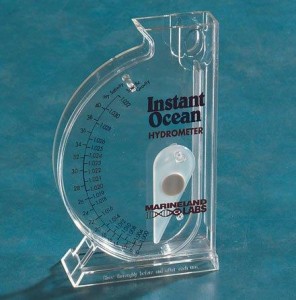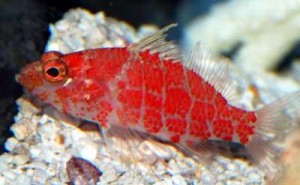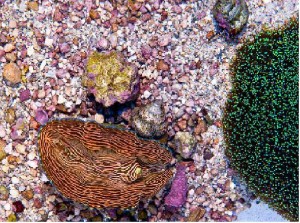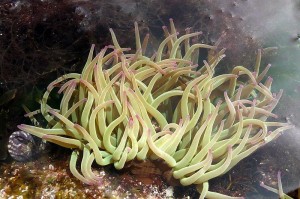
[google_adsense_in_post] Researchers from Granada have succeeded to breed for the first time in captivity a marine animal known as the snakelocks anemone,(Anemonia sulcata), and have also begun breeding a species of sea cucumber (Sticophus regalis),although this process is still in its initial stages. Both species have great culinary potential and possess excellent nutritional properties. As well as these two species… [Read More]


